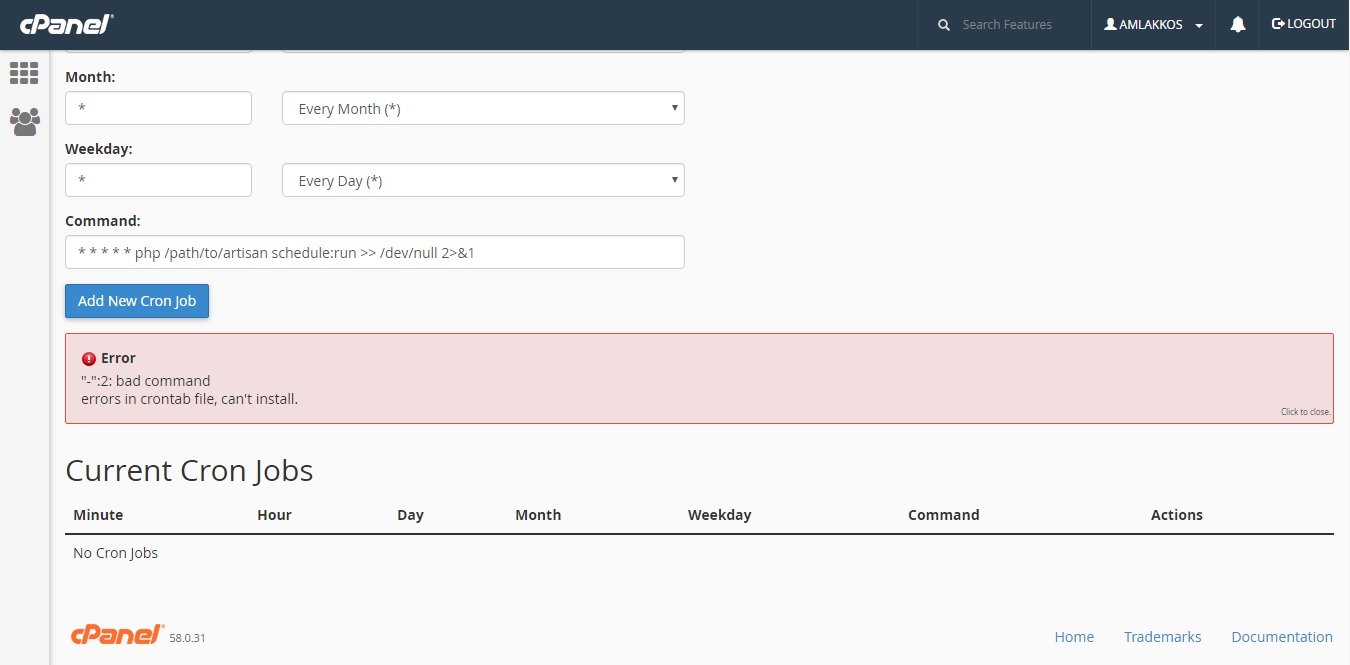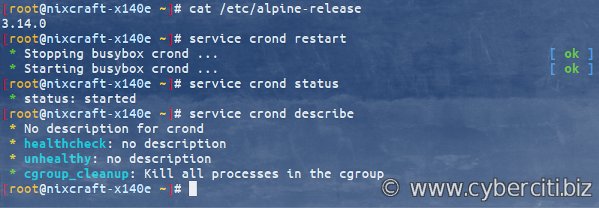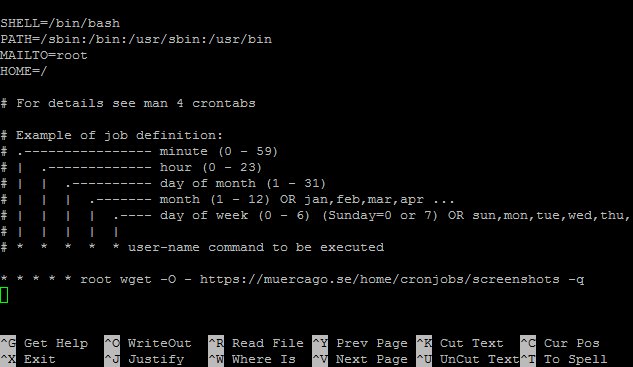Running tasks on a recurring schedule is a crucial aspect of any system, but how can you be certain that everything is working smoothly? Enter test crontab! This powerful feature allows you to validate your cron jobs without actually executing them. Sounds intriguing, right? Well, you’re in luck because we’ve got the ultimate guide to mastering test crontab and ensuring your scheduled tasks are running flawlessly. No more guesswork or sleepless nights wondering if your cron jobs are doing their thing. Let’s dive in and learn how to put test crontab to work for you.
Test Crontab
Crontab is a time-based job scheduler in Unix-like operating systems. It allows users to schedule commands or scripts to run automatically at specific time intervals. The reliability and effectiveness of crontab are crucial for ensuring that scheduled tasks execute as intended. To ensure that your crontab entries are correctly configured and running smoothly, it is essential to test them regularly. In this article, we will explore the importance of testing crontab, the potential challenges you may encounter, and various methods to effectively test your crontab entries.
The Importance of Testing Crontab
Testing crontab entries is essential to ensure that scheduled tasks are executed at the desired times and that the commands within the entries are working as expected. Without proper testing, you risk encountering issues such as:
- Commands failing to execute
- Incorrect scheduling, leading to tasks running at unexpected times
- Scripts or commands producing errors or undesirable output
By thoroughly testing your crontab entries, you can identify and address these issues before they impact critical processes or workflows.
Testing Challenges and Considerations
Testing crontab entries can pose challenges due to various factors. Understanding these challenges and considering them while testing can help ensure accurate and reliable results. Some key considerations include:
Environment Differences
Crontab entries may behave differently in different environments due to varying software versions, configurations, or dependencies. Testing in an environment similar to the one in which the crontab entries will be used can help mitigate potential issues.
Permissions and User Context
Crontab entries execute commands under a specific user’s context. It is crucial to ensure that the user executing the commands has the necessary permissions and access to resources required for successful execution. Testing with the appropriate user context helps identify and rectify any permission-related issues.
Output and Error Handling
Crontab entries often run silently without any visible output. Verifying the output and error handling mechanisms is crucial to ensure successful execution and troubleshoot any potential issues. Logging or redirecting output to specific files can facilitate the debugging process.
Dependency Management
Crontab entries that rely on external dependencies, such as specific software, libraries, or network resources, may encounter issues if those dependencies are not properly managed. Ensuring that all necessary dependencies are met during testing can help avoid unexpected failures.
Methods for Testing Crontab
There are several effective methods for testing crontab entries. Below, we will explore a few commonly used approaches:
Manually Running Commands
One straightforward method for testing individual crontab commands is to manually execute them outside of the crontab environment. By running the commands directly from the command line, you can observe their behavior, output, and potential errors. This method is useful for quickly verifying the functionality of specific commands before adding them to the crontab.
Testing with a Custom Schedule
To ensure that your crontab entries execute according to the desired schedule, you can test them with a custom schedule. Modify the entry’s schedule to run at a specific time, and observe if it executes as expected. This approach helps validate the accuracy of the timing and ensures that the commands within the entry are functioning correctly.
Logging and Error Handling
Implementing logging and proper error handling mechanisms within your crontab entries can greatly aid in testing and troubleshooting. By redirecting the output and errors generated by the commands to specific log files, you can review the logs to identify any issues or unexpected behavior. This method allows you to track the progress, success, or failure of each task in the crontab.
Summary
Testing crontab entries is crucial to ensure accurate execution and identify any potential issues before they impact critical processes or workflows. By considering environmental differences, permissions and user context, output and error handling, and dependency management, you can improve the reliability and effectiveness of your crontab jobs. Methods such as manually running commands, testing with a custom schedule, and implementing logging and error handling mechanisms can help you thoroughly test your crontab entries and ensure smooth operation. Regular testing and maintenance of your crontab can save time, prevent disruptions, and promote efficient task scheduling.
Linux Crash Course – Scheduling Tasks with Cron
Frequently Asked Questions
What is crontab?
Crontab is a Linux command that allows users to schedule and automate recurring tasks or commands on a system. It is used to schedule jobs (commands or scripts) to run at specific times or intervals.
How do I test crontab entries?
You can test crontab entries by running them manually in the command line. Simply copy the command from your crontab file and paste it into your terminal to see if it executes as expected. This way, you can ensure that the command is correct and that it produces the desired results.
Why is my crontab not working?
There could be several reasons why your crontab is not working. Some common issues include incorrect syntax in the crontab file, improper permissions on the script or command being executed, or the command not being in the system’s PATH. Check these factors and also make sure the cron daemon is running properly.
How can I view the contents of my crontab file?
You can view the contents of your crontab file by using the command “crontab -l“. This will display the current crontab entries for the user you are logged in as. Alternatively, you can open the crontab file in a text editor by running “crontab -e“.
Can I use crontab to schedule tasks for other users?
Yes, you can use crontab to schedule tasks for other users if you have the necessary permissions. To edit another user’s crontab, you can use the command “crontab -u [username] -e“. This allows you to specify the user whose crontab you want to modify. Note that you may need administrative privileges to do this.
How do I remove a crontab entry?
To remove a crontab entry, you can use the command “crontab -e” to open the crontab file in a text editor. Delete the line corresponding to the entry you want to remove, and then save and exit the file. The crontab will be updated, and the entry will no longer be scheduled.
Final Thoughts
In conclusion, the crontab command is a powerful tool for scheduling tasks on a Linux system. By using the “test crontab” feature, users can verify the correctness of their cron job configurations without waiting for the actual scheduled time. This allows for the identification and resolution of any issues or errors before they affect critical processes. Testing crontab ensures that tasks are executed as intended, providing peace of mind and minimizing system downtime. Incorporating regular testing into your workflow is essential for maintaining a smooth and efficient operation.




